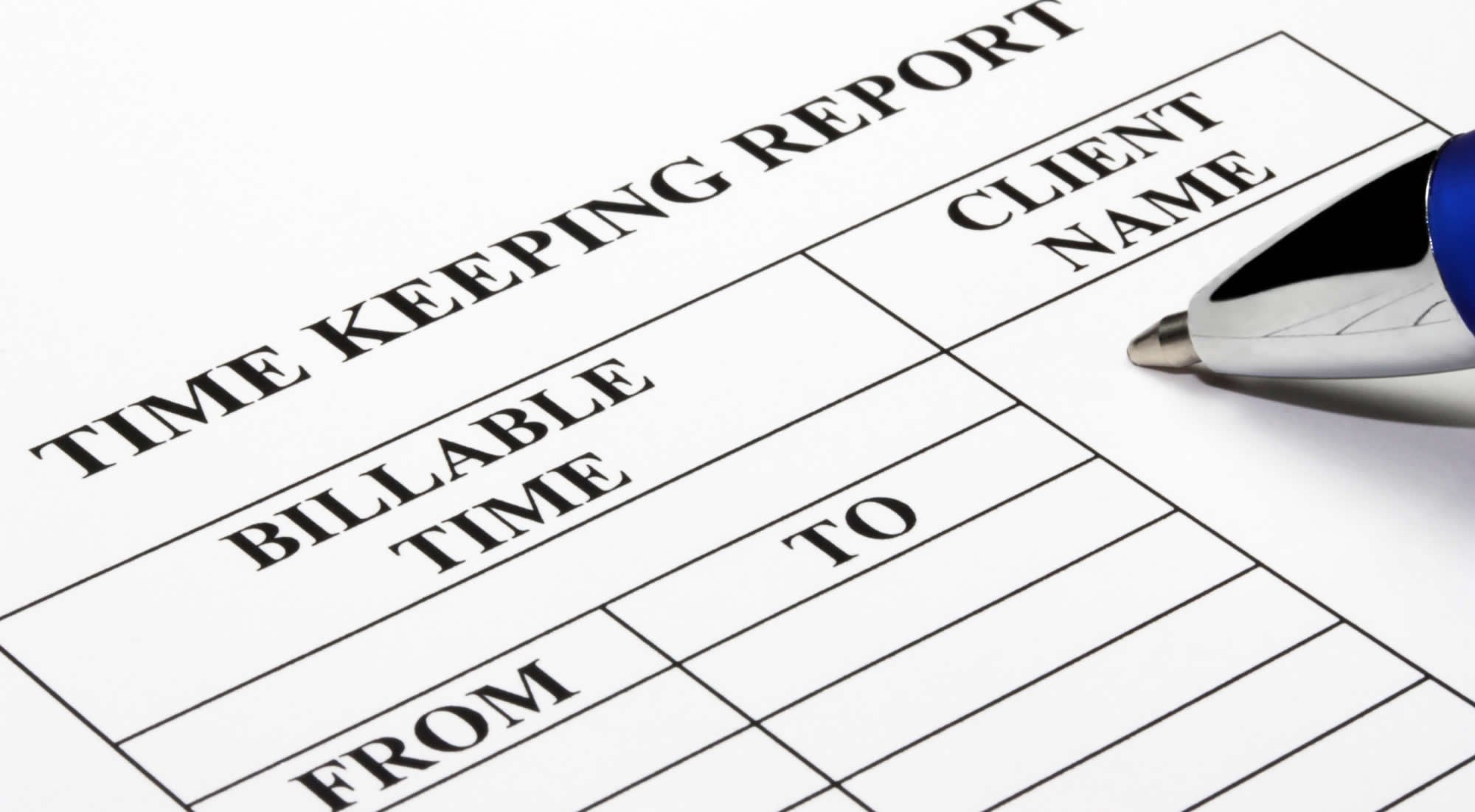The HR department is often one of the most overworked and understaffed departments in a company. They have to answer dozens of benefits-related questions every day, manage new hires, coordinate paperwork- often with stacks of their own papers to sort through. HR automation can offer easier ways to manage and do so affordably.
1. Payroll
When you automate your payroll system, you process it in a system rather than by hand. Performing payroll manually is considerably slower – often taking days versus hours – and has a much higher chance of producing errors than an automatic system would.
There are countless options available to companies of all sizes for payroll automation, such as QuickBooks, PayChex, or ADP. Benefits of automating your payroll processes include:
- Accurate Calculations: Rather than entering taxes, deductions, over-time, commissions, and other discrepancies, automation will automatically calculate all unique points for you and identify the correct results.
- Payroll Records: The IRS mandates that employees’ tax records are held for a minimum of 4 years, and the US Department of Labour requires that payroll records be kept for at least 3 years. Having these recorded digitally versus in file folders in various locations saves a lot of time and headaches if there is an audit.
- Better Time Management: Reduce errors of manually recording hours worked or time-off requests, preventing over or underpaying your employees. This leads us into the next feature…
2. Time Management/Time Sheets

If you’re using a manual time tracker, typically your employees input their hours after they’ve already happened. Often, it’s the end of the week via a spreadsheet or pencilling in numbers.
Unfortunately, not everyone’s memory is perfect, and this method of timekeeping has a substantially higher risk of having fudged numbers. Of course it usually isn’t meant in malice; some people do forget if something out of the norm happened that week to cause a shift in their schedule. Accidents on the roadway, doctor’s appointments, or having to run out to pick up a sick kid are prime examples. There is always that one employee that intentionally commits time fraud or has horrific handwriting, though, which can also be a substantial pain when it comes to payroll time.
There are several options for digital time tracking, such as investing in a biometric time clock or having a requirement for employees to log onto a time tracking website for their time spent at work. The data would then be compiled together and ready for payroll.
3. Onboarding and Recruitment
HR department spends countless hours trying to gather all the data necessary for recruiting and onboarding new employees. During this process, they have to maintain a large amount of paperwork, including the new employee’s resume, job description, tax forms, and the like. More often than not these are also all paper processes and passed between different people while they work on different processes. You can see how easy it can be to lose paperwork or prolong the hiring process.
Automating your onboarding or recruitment (and even offboarding) can improve the experience substantially by reducing human error, preventing paperwork loss, and improving visibility of the status of the hire between departments. Moreover, having an AI application integrated to the HR automation solution can make recruiting and onboarding process much more interactive, where the HR chatbot can guide new employees on how to fill in the information. HR chatbots can clear any of the doubts employees have, thereby saving lots of HR time and enables HR to focus on more strategic business aspects.
(Learn the secret to improving HR Onboarding process by 50%)
4. Records Management
Records management was alluded to above, but it really goes much deeper than IRS and USDoL guidelines. Automating your records management will not only reduce the burden of having to sift through years of paperwork to find a certain document and enable on-call access to any information that is needed. It helps promote better transparency, efficiency, and accountability. Another bonus? It saves a ton of file cabinet space.
5. Benefits
There are a handful of reasons why benefits are constantly changing: life-changing events, new employees, open enrollment, and others. Employee benefits are not an easy thing to track, especially if you’re solely reliant on paper documents.
Managing employee benefits via an consolidated HR portal can reduce the cost of benefits administration. A few prime examples of how getting an automated benefits platform are:
- Automating the benefit eligibility process
- Educating employees at the time of enrollment of the company’s benefits offered and their options
- Allowing the employees to make modifications to their plans for life-changing events, such as marriage, a new child, divorce, or a move
- Eliminating the headache of managing open enrollment, onboarding, and other benefits
6. Evaluations
Would you believe that more than half of companies don't have an effective evaluation structure in place? Many businesses are doing annual reviews that just don't work. It's for a plethora of reasons why, but the main one is that they don't track the employee's progress throughout the entire year, only the most recent quarter.
Creating a streamlined, automated process for evaluating employees helps them understand their job roles clearly, helps their managers keep track of things they need to work on as well as what they are excelling in, and encourages collaboration.
7. Tax Documents & Forms
When it comes to tax compliance, automation gives you the opportunity to scale up quickly. Automating your tax documentation and using a cloud-based service helps you verify that you're charging the correct taxes for your operation, as well as use taxes. You will also have the benefit of up-to-date information on requirements and rates from across the globe.
















